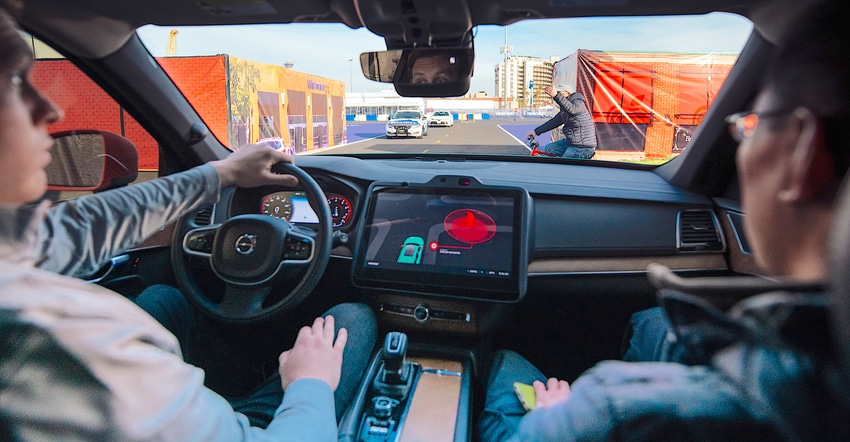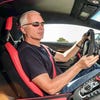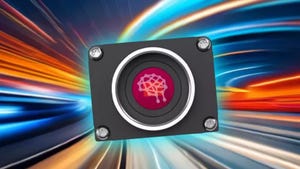AAA Finds that ADAS Sensor Vision Permits Crashes 33 Percent of the Time in the Rain
Driver assistance systems’ sensors are impressive, but they aren’t magic. Just as human vision is degraded by adverse weather, so the ability of advanced driver assistance systems (ADAS) to see when it is raining is also reduced.

Driver assistance systems’ sensors are impressive, but they aren’t magic. Just as human vision is degraded by adverse weather, so the ability of advanced driver assistance systems (ADAS) to see when it is raining is also reduced.
That’s according to tests performed by AAA, which found that, in simulated rainfall, test vehicles equipped with automatic emergency braking traveling at 35 mph collided with a stopped vehicle 33 percent of the time.
The news is worse for lane-keeping assist systems, with test vehicles departing their lane 69 percent of the time. These results illustrate how such systems’ performance can be at its worst just when drivers need them most.
“Vehicle safety systems rely on sensors and cameras to see road markings, other cars, pedestrians, and roadway obstacles,” noted Greg Brannon, AAA’s director of automotive engineering and industry relations. “So naturally, they are more vulnerable to environmental factors like rain.”
“The reality is people aren’t always driving around in perfect, sunny weather so we must expand testing and take into consideration things people actually contend within their day-to-day driving,” he added.
The test methodology involved a spray system set up on the test car to douse the forward-looking sensors while testing the car’s ability to spot trouble. To simulate rainfall, AAA engineers designed a system using a reservoir to hold water, a high-pressure pump for a consistent flow of water, and a precision injector nozzle to spray the windshield. This system was secured in the cargo area of the test vehicle and was connected to a nozzle positioned above the windshield so that the spray pattern covered the entire windshield.
The testing showed that relying on automatic emergency braking while approaching a stopped vehicle in the lane ahead at 25 mph resulted in a collision for 17 percent of test runs and for 33 percent of tests at 35 mph.
A bit of good news was that caking the windshield with dead bugs did not significantly degrade ADAS systems’ sensors from working. The rainfall results underscore the need for drivers to remain engaged, even in the newest cars with the most advanced driver assistance systems.
“AAA recognizes these systems have the ability to lessen the chance of a crash and improve the overall safety of driving,” acknowledged Brannon. “Fine-tuning their performance and providing drivers with a more consistent experience will go a long way in unlocking their true potential.”
Meanwhile, drivers should remain vigilant, using these systems as a backup to their own skills. Brannon reminds drivers that keeping the windshield clear, with fresh wiper blades not only improves the driver’s view but will also improve the sight of any through-the-windshield sensors such as cameras, so be sure to check out the video below.
About the Author(s)
You May Also Like





